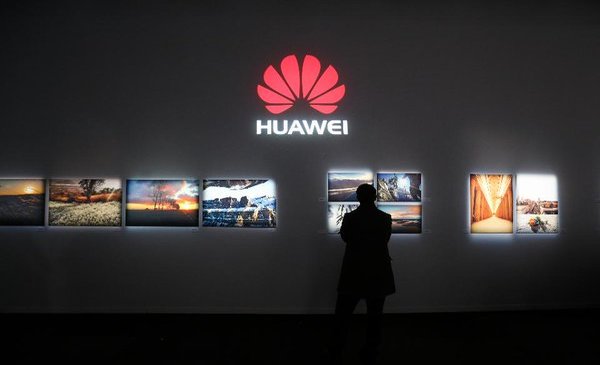Disruptive innovation has slain giants in industry, tech, and now…Fox News? Possibly. The pattern of disruption first laid out by Clay Christensen shows disturbing signs for the conservative outlet. And it has zero to do with whether or not you like Fox’s ideology.
A brief recap of disruption, as defined by Clay (my mentor). Over time, companies tend to over-deliver for their biggest, most important customers, because they are so important to defend. This can make services costly and hard to access for others. The firms neglect tiers of the market less important to them. Then a disruptor comes along with a cheaper or more accessible offering, capturing those neglected customers and steadily moving upmarket until there is nothing left for the incumbents to defend.
Back in the 1990s, Fox was the disruptor to CNN. It catered to a conservative audience not emphasized by CNN, and it did so primarily through inexpensive commentary rather than having expensive news bureaus across the globe. Gradually, Fox added on more news and costs as it broadened its appeal to viewers and advertisers.
Court records now show how Fox got stuck in The Innovator’s Dilemma, as Clay termed it. Fox could try to keep its relatively broad audience and mainstream advertisers, or it could aggressively defend a part of its viewers defecting to upstarts like Newsmax and One America due to the rivals’ focus.
Fox tried to straddle, echoing conspiracy theories about the 2020 US election to keep that audience while not leaning so hard into those that it alienated others. That hasn’t worked well. Fox was fortunate that the 2020 upstart networks executed poorly, but they or others will be back.
Fox is also being disrupted by other forces such as declining cable subscriptions, people getting their news via social media or online, and advertisers seeking the cheap targeting of digital. It’s assailed on all fronts.
Ironically, Fox could have avoided this by emulating other outlets in Rupert Murdoch’s empire. The Wall Street Journal, for instance, has a strong focus on a well-defined target customer. This leads to a varied product offering – WSJ isn’t just about business, e.g. its war and sports reporting are outstanding. Because it deeply understands its customer, the Journal has defeated many potential rivals.
What are the lessons from Fox’s predicament?
1. Know your customer intimately, and deliver a full, 360-degree solution that’s tough for others to match.
2. Expect would-be disruptors to enter with targeted, highly-accessible or low-cost offerings. Define what will keep your customers loyal.
3. If you’re going to embrace the disruption, consider doing so through a separate business unit.
Fox has ended up in a trap. Major decisions are needed, soon.
Contributed to Branding Strategy Insider by: Stephen Wunker, Managing Director of New Markets Advisors and author of Jobs to be Done: A Roadmap for Customer-Centered Innovation.
The Blake Project Can Help You Create A Bolder Competitive Future In The Jobs To Be Done Workshop
Branding Strategy Insider is a service of The Blake Project: A strategic brand consultancy specializing in Brand Research, Brand Strategy, Brand Growth and Brand Education



